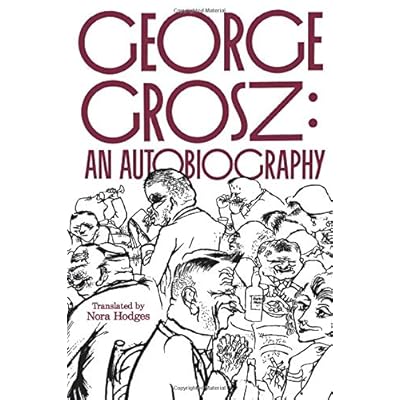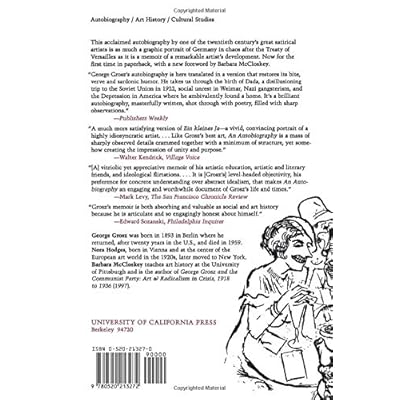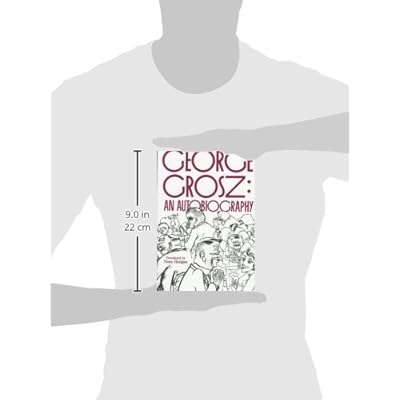George Grosz
Category: Books,New, Used & Rental Textbooks,Humanities
George Grosz Details
Review "George Grosz's autobiography is here translated in a version that restores its bite, verve and sardonic humor. . . . It's a brilliant autobiography, masterfully written, shot through with poetry, filled with sharp observations."--"Publishers Weekly Read more Language Notes Text: English (translation) Original Language: German Read more About the Author George Grosz was born in 1893 in Berlin and, after twenty years in the U.S., he died in 1959. Born in Vienna, Nora Hodges was at the center of the European art world in the 1920s. Barbara McCloskey teaches Art History at the University of Pittsburgh and is the author of George Grosz and the Communist Party: Art and Radicalism in Crisis, 1918 to 1936 (1997). Read more

Reviews
This book gives a good window onto the life and philosophy of an artist who, by his own reckoning, had a bit of a misanthropic streak. The work starts with Grosz's childhood in Pomerania, giving the reader an idyllic view onto an era in which war in Germany was considered a relic of the past; all kids knew about war in this time came from playing with their paper and dye-cast metal toys. There's some good stuff in the early sections dealing with a youth spent in Biedermeier-style coziness, along with an Ur-Szene in which Grosz sees his friend's relative naked through her bedroom window and he develops his lifelong obsession with the female form.Things move swiftly from there to art school, after which Grosz breezes over his military service within the space of a chapter or two. I can't say that I blame him for not dwelling on his memories of the trenches. He didn't spend as much time there as fellow artist-veterans such as Otto Dix, but from what little he does divulge in the work, his time in war was a nightmare, which helped shape his political beliefs and the direction his artwork took in the coming years.From there, Grosz moves on to reminiscing about his postwar years in Germany, the heady days of the Weimar Republic where Berlin was stacked to the rafters with colorful characters like astral mediums, transvestite cabaret artists, and closeted homosexual Nazis. For anyone who wants to get a bit of a history lesson from the horse's mouth, there are some gems to be found in here.I'd be remiss if I didn't mention how lavishly the book is packed with sketches, marginalia, drawings, charcoal works, and paintings by Grosz . There are also a handful of photos thrown in for good measure.The book ends on something of an upbeat note, with Grosz emigrating to America and forsaking what he considered the dour, claustrophobic aesthetic of his early years and embracing a style of painting that was much more in keeping with his newfound lust for life in his adopted homeland. This late happiness is of course tempered by the word that Grosz gets from the handful of Germans he knew who were lucky enough to escape Hitler's reign of terror, who describe what happened to those who waited around for the Nazis to make good on their threats.Personal reminiscences are interspersed with Grosz's ideas about art, which are some of the most unpretentious I've encountered in the theoretical realm. Put simply, Grosz's main influence was the rough-hewn work of tabloid and adventure stories he consumed as a child, pulpy Karl May tales and lurid crime works meant to entertain the masses. His main goal with his own art was to keep a roof over his head and some food in his belly, and he makes no bones about how, beneath the artifice he kept up in cafe society circles, he was himself a bit of a prole at heart. Having had more than my fill of postmodern theory/con artistry by the likes of Warhol et. al., I found Grosz's candor refreshing.Recommended, for fans of art and history.




